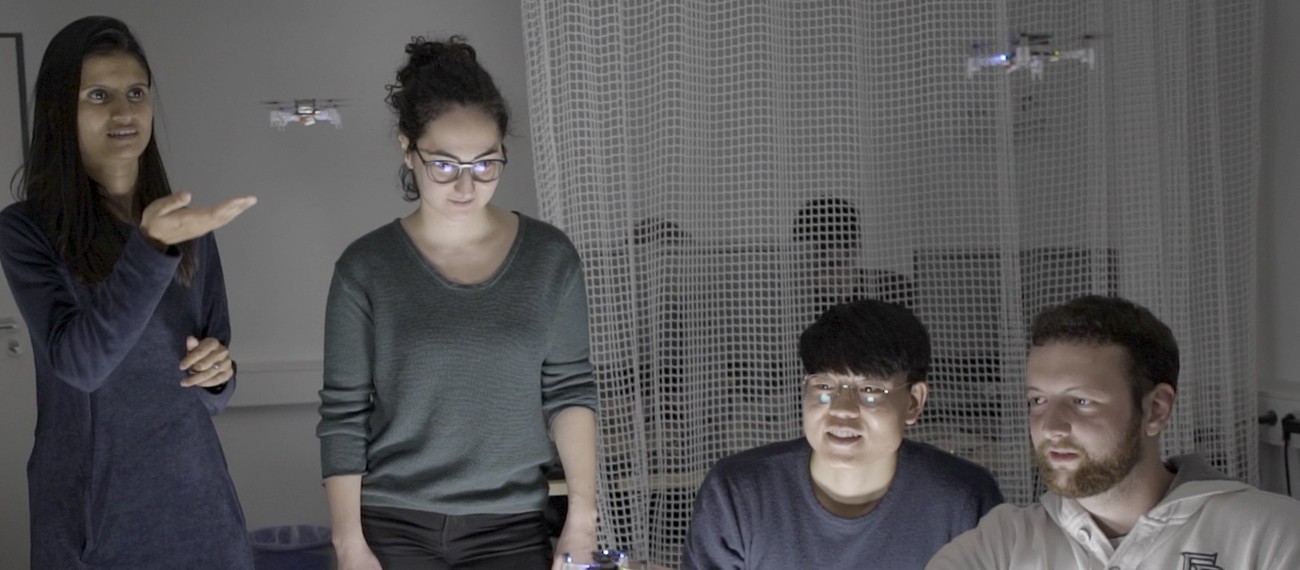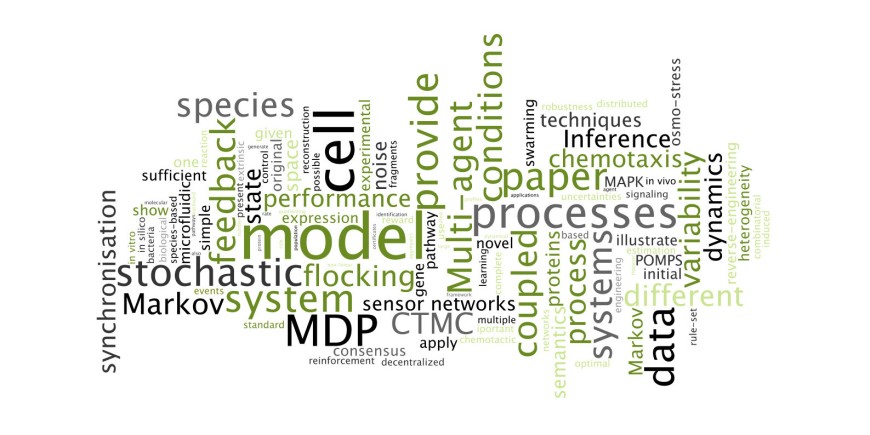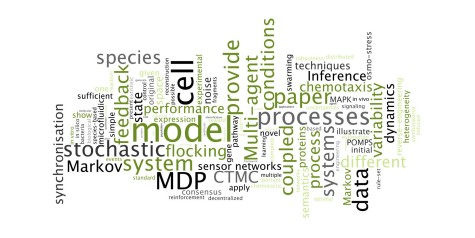Within a project, students will learn how to tackle a research project. They will work together with Phd-students and postdoctoral researchers and develop detailed knowledge of a topic of current research.
Here, initial MATLAB or Python simulations are supposed to accompany the project work. Furthermore, students will learn how to read scientific texts effectively and to report research findings in writing and in seminar presentations.
In a Bachelor/Master thesis, students will get insight into a topic of current research. They will learn how to use MATLAB or Python for implementing algorithms and carrying out simulations. Real data may be available as well, depending on the chosen topic.
Current available projects:
Synthetic Biology
Coding DNA Storage (opens in new tab)
Lab of Origin (opens in new tab)
Modeling
Translocation Circuits (opens in new tab)
Genetic Design Automation (opens in new tab)
AI-Enabled Ultra Wide Field Cryo Light Microscopy (opens in new tab)
Bayesian optimization for the characterization of synthetic circuits (opens in new tab)
Learning Sequential Chemical Reactions (opens in new tab)
Relaxed continuous time Markov chains (opens in new tab)
Knowledge graphs for parameter optimisation in large-scale mechanistic models (opens in new tab)
Deep Learning of Next-Generation-Sequencing Biological Data (opens in new tab)
Deep Learning for Cell Segmentation in Synthetic Biological Research (opens in new tab)
Channel Capacity of Amplitude- vs. Frequency modulated regulation (opens in new tab)
Spectral Methods for Markov Chain Aggregation (opens in new tab)
Automated Design of Genetic (Logic) Circuits (opens in new tab)
Experimental Investigation
Implementation of post-transcriptional regulated cell-free circuits into microfluidic chemostat
Collective Intelligence
Modeling
Deep learning uncertainty for histopathological Image Classification on WSIs (opens in new tab)
Virtually stain-to-stain transformation of histopathological images (opens in new tab)
Transformation of the raw tissue sample to histopathological stained imag (opens in new tab)
Knowledge Graph Assisted Protein Models (opens in new tab)
Knock, Knock. Who's There ? Optimizing Parcel Delivery with Machine Learning (opens in new tab)
Active Matter (opens in new tab)
Growing Neural Networks (opens in new tab)
Self-replication of colloidal particles (opens in new tab)
Deep Reinforcement Learning for Multi-Agent Systems (opens in new tab)
Learning in Mean Field Games (opens in new tab)
Inverse Reinforcement Learning for Recovering Learning Properties (opens in new tab)
Combining Rate Distortion Theory and Bayesian Modelling (opens in new tab)
Pattern formation in Chiral Active Matter (opens in new tab)
Achieving QoE Fairness in Heterogenious Content Distribution (opens in new tab)
Experimental Investigation
Design and Control of an Omnidirectional Robot (opens in new tab) New 2024!
Reinforcement Learning for Drone Swarms (opens in new tab)
Drone Swarms and Dynamic Structure Formation (opens in new tab)
FPGA-based Deep Neural Networks for UAVs (opens in new tab)
FPGA-based Model Predictive Control for UAVs (opens in new tab)
Active Learning for Online System Identification (opens in new tab)
Decentralized Control of Drone Swarms




